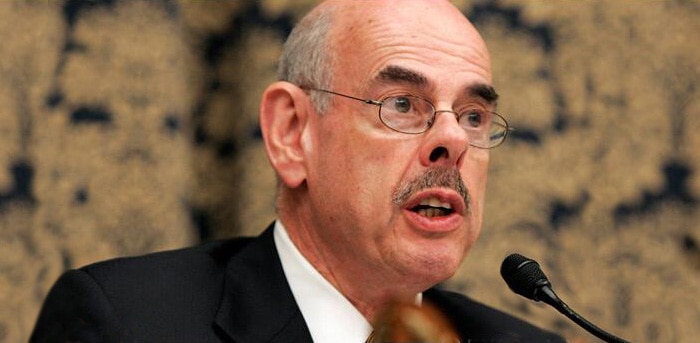Capitol Hill Moves to Pass Landmark Legislation
On the morning of May 16, 1990, as the Senate prepared to debate S. 2240, the Senate Chaplain, Reverend Richard C. Halverson, DD, noted in his morning prayer that “rarely will the Senate be called upon to deal with an issue more complicated by prejudice, fear, and emotion, nor more presently or potentially destructive, than the issue of AIDS.” 1
Debates on procedural matters during the previous two days highlighted the intensity of emotions on the issue. Despite the tenor of the debate, even the bill’s strongest opponent, Senator Jesse Helms of North Carolina, in speaking against the bill the day before, noted that “Yes, this bill will pass, no question about it.” 2
Bipartisan Support
The bill passed the Senate by a large margin of 95 to 4, the result of successful efforts to build strong bipartisan support over the preceding weeks and months, and the strategy of creating legislation that provided resources to every state. The bill came to the floor with 66 co-sponsors, more than enough to block a filibuster attempt by Senator Helms.
A Tribute to Courage
Just the day before, the Senate had also voted to name the bill in honor of Ryan White, an Indiana teen who had died of AIDS only five weeks earlier, on April 8, 1990. Ryan White’s fight to go to school after his AIDS diagnosis gained him national and international attention. His grace and positive outlook throughout his struggle made him a hero.
When describing Ryan White on the Senate floor, Senator Edward Kennedy (D-MA), the bill’s lead author, said, “One thing that was extraordinary, and there are many things about this remarkable young man, was after he received that tainted blood transfusion, to the moment he drew his last breath here on Earth, he never condemned anyone. He was not looking for the scapegoats. . . What he was doing was reaching out in the true spirit of the American character to recognize that there were people who were suffering.” 3
Just two weeks after Ryan’s death, his mother Jeanne White had come to Capitol Hill to recruit Senate co-sponsors for and urge the passage of the bill that was to be named in honor of her son. 4 Jeanne White’s involvement drew media attention and helped generate broad support for the legislation, and her involvement was the public face of a much larger effort to strengthen the Federal response to AIDS as the epidemic neared the end of its first decade.
Hope and Despair on the Frontlines of the Epidemic
The Ryan White Comprehensive AIDS Resources Emergency (CARE) Act came to life at a time of despair and hope among those who were on the frontlines of the epidemic. Urban hospitals were overcrowded, and community-based models of care were collapsing under the weight of increasing caseloads and diminishing resources. With the advent of meaningful treatments—AZT (zidovudine) to fight the virus and aerosolized pentamidine to prevent Pneumocystis carinii pneumonia (PCP)—there was hope that change was in sight.
That hope was tempered by the lack of resources to provide care and treatment. In January 1990, a task force of the House Budget Committee held field hearings in Los Angeles and San Francisco. The witness testimony and statements of House members gave voice to both the possibilities and the frustration.
 Health Resources & Services Administration
Health Resources & Services Administration









